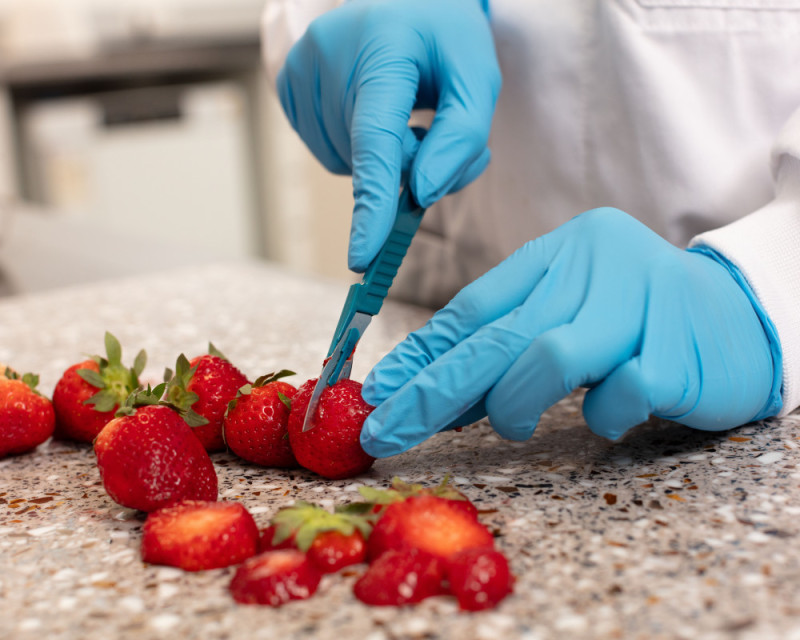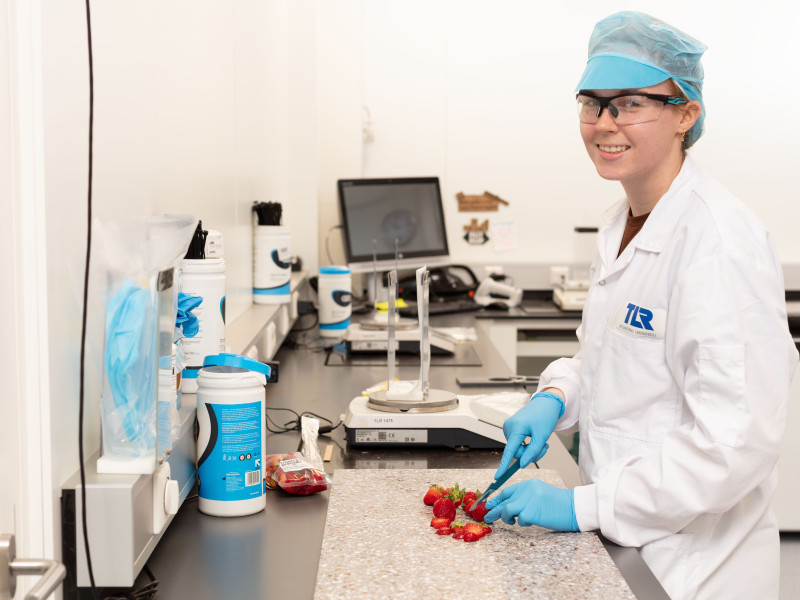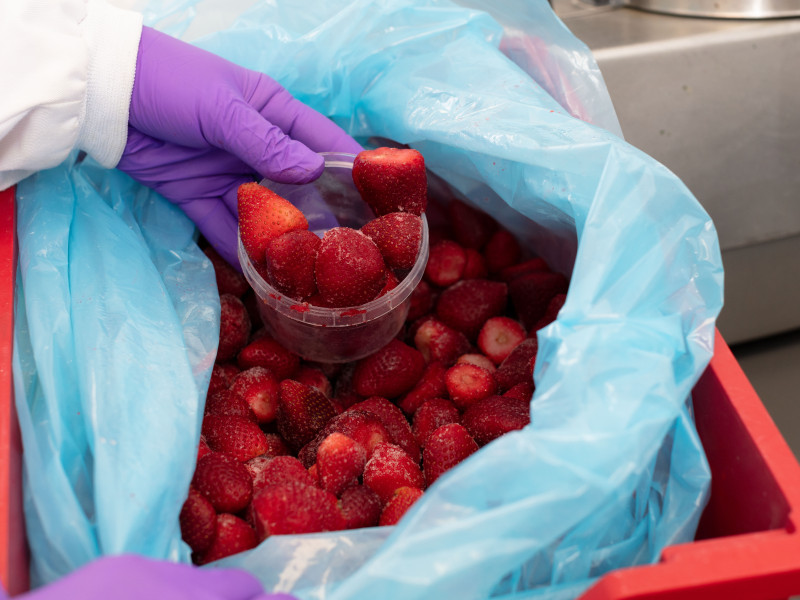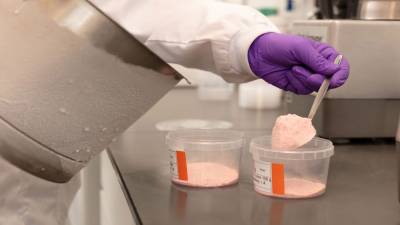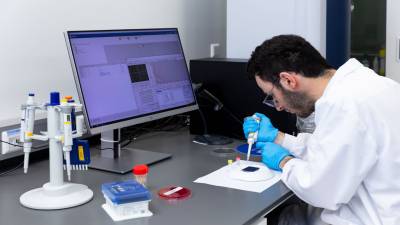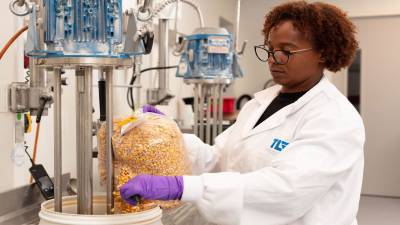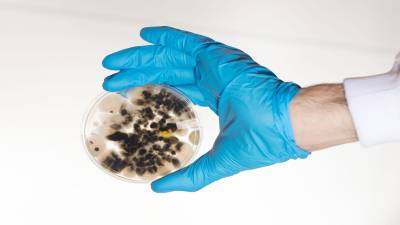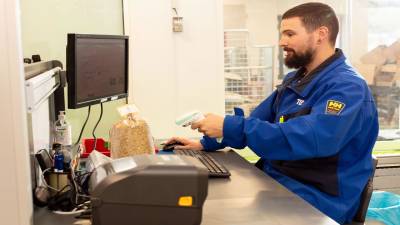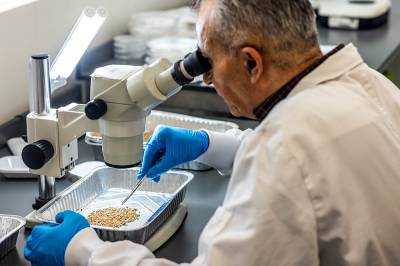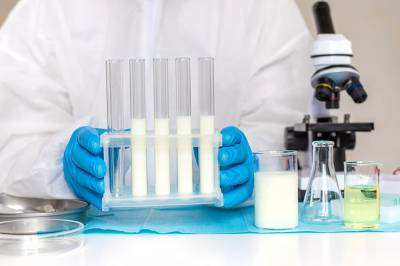Quality Assurance for Fresh Produce: Vulnerability, Analysis and Regulations
Potatoes, vegetables and fruit (fresh produce) form a core category within the food industry. Due to their fresh, unprocessed nature, these products are particularly sensitive to spoilage, contamination and quality loss. For quality managers, understanding risks, analytical parameters and applicable legislation is essential to ensure safety and market access.
Vulnerability of fresh produce
Fresh produce remains metabolically active after harvest. This biological activity makes them susceptible to:
- Temperature fluctuations
Incorrect storage temperature accelerates ripening or causes physiological damage. - Mechanical damage
Transport and harvest damage promotes microbial spoilage and mould growth. - Microbial contamination
High moisture content and open structure make products vulnerable to pathogens. - Limited shelf life
Fresh produce contains no preservatives and requires rapid distribution.
This vulnerability demands accelerated logistics and targeted quality control.
Essential analyses for fresh produce
Depending on the product type and destination, the following analyses are commonly performed:
Residue analysis
- Pesticides (in accordance with Regulation (EC) 396/2005)
- Heavy metals (such as cadmium, lead)
- Nitrates (especially in leafy vegetables)
Microbiological testing
- Salmonella spp.
- Listeria monocytogenes
- E. coli (STEC)
Physico-chemical testing
- Brix (sugar content)
- pH / acidity
- Texture (penetrometer/shear resistance)
Sensory evaluation
Appearance, aroma, taste, mouthfeel
Nutritional analysis
- Vitamins (e.g. vitamin C, folic acid)
- Minerals (e.g. potassium, iron)
- Fibre content
Analysis results are used for product specifications, supplier assessment, process validation and substantiation of claims.
Regulations and labelling in the fresh produce sector
1. European legislation
Regulation (EU) 1169/2011
Basis for all food information to consumers.
New fresh produce marketing standards as of 2025
Delegated Regulation (EU) 2023/2429
Implementing Regulation (EU) 2023/2430
Specific requirements for citrus, bananas and other fresh produce categories.
General marketing standard
Applies to products without a specific standard; contains basic criteria for ripeness, appearance and integrity.
2. National legislation (Netherlands)
Commodities Act Regulation on drained weights (mushrooms, sauerkraut)
Agricultural Quality Regulation 2007
KCB supervises EU marketing standards in the Dutch market.
Health claims and nutrient substantiation
The use of claims is subject to Regulation (EC) 1924/2006. For fresh produce this means:
- Only allowed if scientifically substantiated.
- The nutrient must be present in significant amounts.
- Substantiation requires validated analytical methods.
- The NVWA verifies claims through its Nutrition and Health Claims Handbook.
Examples:
- "Source of vitamin C" requires >15% of the reference intake per 100 g.
- "High in fibre" requires ≥6 g per 100 g.
Organic production: requirements and control
Organic fresh produce falls under Regulation (EU) 2018/848. Core principles:
- No synthetic pesticides or fertilisers.
- Use of organic starting materials only.
- Ban on GMOs.
- Mandatory crop rotation and soil enrichment.
Quality marks:
- European Organic Label
Mandatory on all organic products within the EU. - SKAL Biocontrole
National control body responsible for certification and inspection. - On the way to PlanetProof
Not an organic label, but sets additional sustainability requirements.
Conclusion
Fresh produce requires precise monitoring due to its short shelf life and high perishability. By applying validated laboratory analyses and complying with current legislation, quality managers can meet both legal obligations and market expectations. Analytical data is essential for claim substantiation, supplier selection and quality assurance throughout the chain.
Meld je aan voor de laatste tips en adviezen dat je gelijk in de praktijk kunt brengen.

